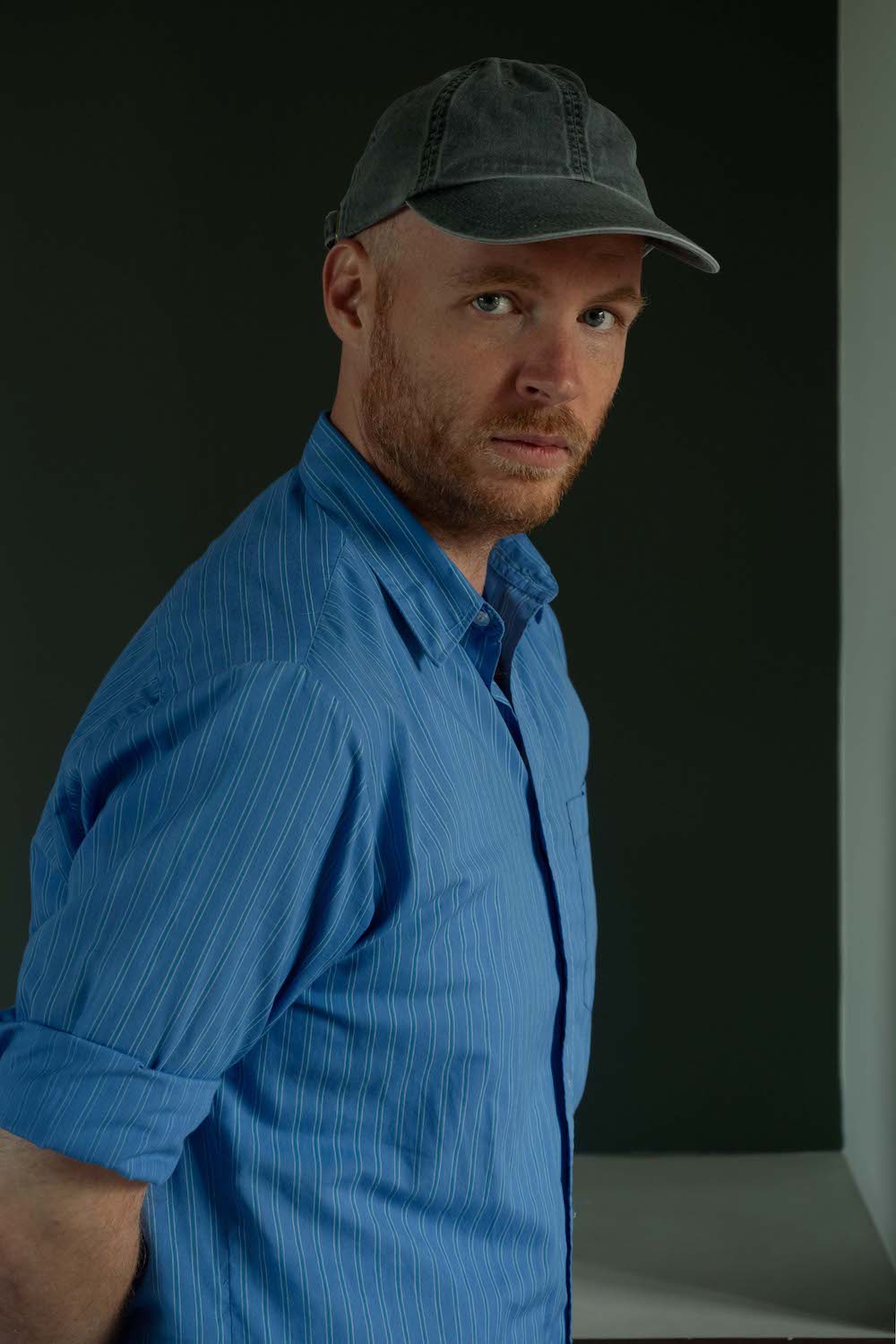For more than ten years Karel Tuytschaever has been fascinated by embodiment and physicality in the arts. His own work is nourished by the functioning of the performer's body, the gap between the reality of that body and the presentation of it in a designed image. Looking at bodies is continuously refined and (re)defined with and by each work. What is the intimate reality of a body and how do you make depicting it as pure as possible at an agreed time of viewing?
This research is a tipping point in which Tuytschaever wants to transfer his vision on what sincere embodiment within performative art is to the visual arts. He looks post-medium into how he can find new intermedial relationships and forms, think through his vision and explore its scope.
How is a sincerely embodied portrait image created, and what can that mean? The focus is on the image of the human figure within 2D (photography, painting and drawing) and 3D (sculpting) portraiture. One year long, Tuytschaever’s body will be at the service of teachers and students in higher art education in Flanders and of a number of visual artists who will portray him. Interviews with them and specialists provide additional insights into the technicality, vision and physicality of portraiture. Tuytschaever will curate a selection of this discipline-wide portrait collection into an immersive multimedia installation, away from any autobiographical or typological course. The body is the central, connecting (f)actor. Then and next to it he will place a performance: a genuinely embodied self-portrait. A specially developed webzine will continuously share his encounters and insights.
>> Webzine:
www.transparentbody.be
Image: ‘Stefan, 23’, by Leslie Watts, 2014 (tempera on wooden panel) - detail
The portrait is of the artist’s son. By choosing a traditional technique and a damask hanging behind the model, Watts wanted the t-shirt to be the only clue that this is a contemporary image. As mother and son no longer live in the same house, some amendments to the composition were carried out via Skype.





